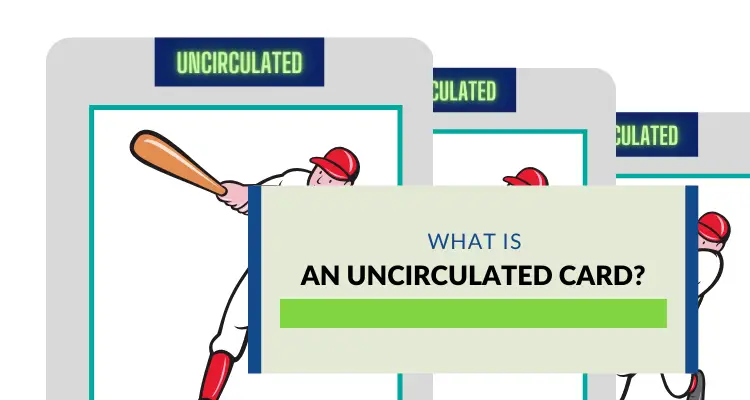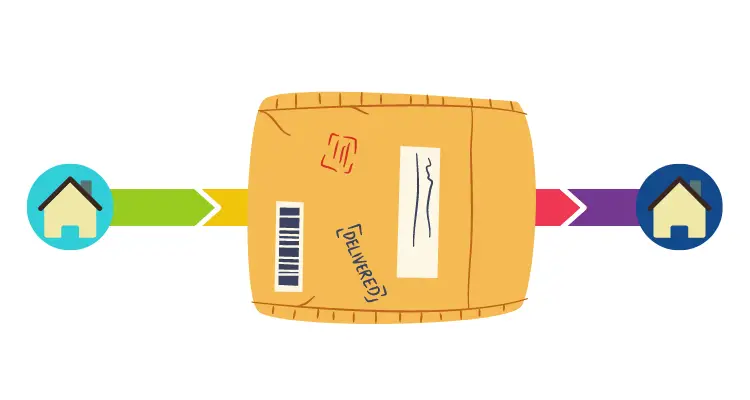A raw card is also referred to as “ungraded” and is thus one that hasn’t been graded. This means the cards you pull from packs or boxes are all going to be “raw.” (That is, unless you’re opening a gems of the game or some other repack product that includes slabbed cards.) Once a card is graded, it is no longer considered raw.
Why Are They Called “Raw” Cards?
Cards that haven’t been graded are referred to as “raw” because they are in the same state as they were when packaged by the manufacturer. To continue the cooking analogy that the term “raw” begs for, just like “raw” meat from the grocery store hasn’t been prepared or cooked, a raw card is in its original state.
Now, that’s not to say you can’t enjoy raw cards just like you typically can’t enjoy raw food! Thus, in hindsight, “raw” probably isn’t the best description as it does leave the feeling that the card is not in its ideal state unless it has been graded.
So, “ungraded” might be the better term, but “raw” is shorter and to the point.
When Do You Use the Term “Raw?”
The term “raw” usually comes up in card conversations, such as:
“I bought a Jeremy Pena rookie card for $50 raw…” Or, “I have cards for sale; mostly raw but a few graded.”
Should You Use “Raw” on eBay?
Given the above, you might think it would be necessary to include the term “raw” either in your eBay listings or in your keyword query when searching for cards, but it’s mostly not necessary.
It’s one of those things that is implied unless said, and thus most sellers when listing graded cards will call that aspect out in some fashion, as in “Ken Griffey Jr. 1989 Upper Deck PSA 10” which would imply the card is graded or “Ken Griffey Jr. 1989 Upper Deck” which would imply the card is “raw.”
Should You Buy Raw Cards?
Of course, and plenty people do. Now, there are different scenarios where a raw card might make more sense than a graded card, but those different examples are too vast and not required right now.
I will say, though, if you are intending on buying raw cards on eBay and then submitting them to be purchased, there are some things to watch out for.
One, it’s really difficult to discern a card’s condition over the internet, on a mobile device, etc. Sure, you can pick up on centering, and can get a decent idea on corner condition, but surface imperfections can hurt a grade just as bad, and are much harder to pick up one.
Another thing to keep in mind is, take a look at who you are buying the card from. If this is someone where it’s obvious they submit a lot of cards for grading, then why did the raw one they are offering not make it into the grading pile?
Third, there is no guarantee that grading a raw card will improve its value. In fact, you’re also running the risk that receiving a bad card rating will actually decrease the value of the card compared to what it was when raw.
So, just some parting words of advice. Either way, you now know what a raw card is and should be equipped with the necessary info to make decisions moving forward.



